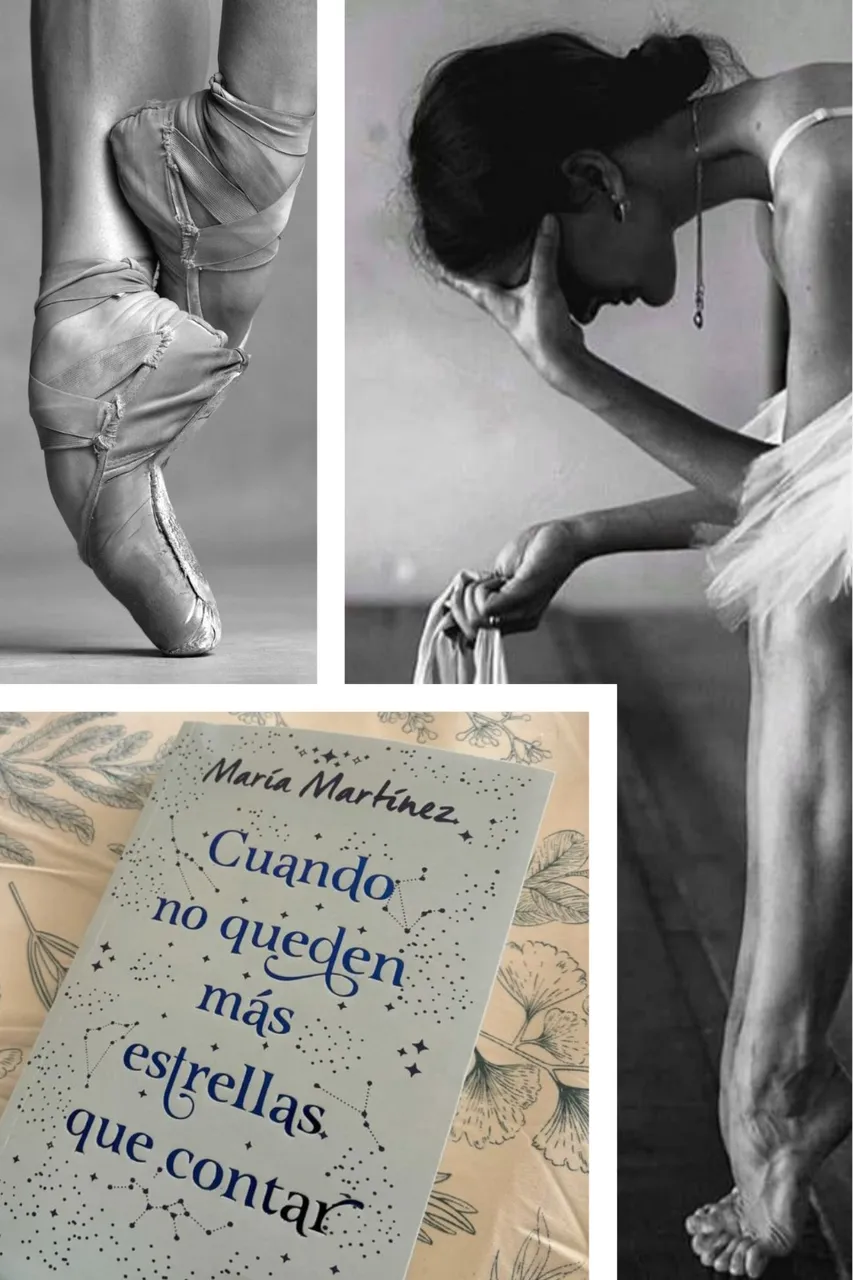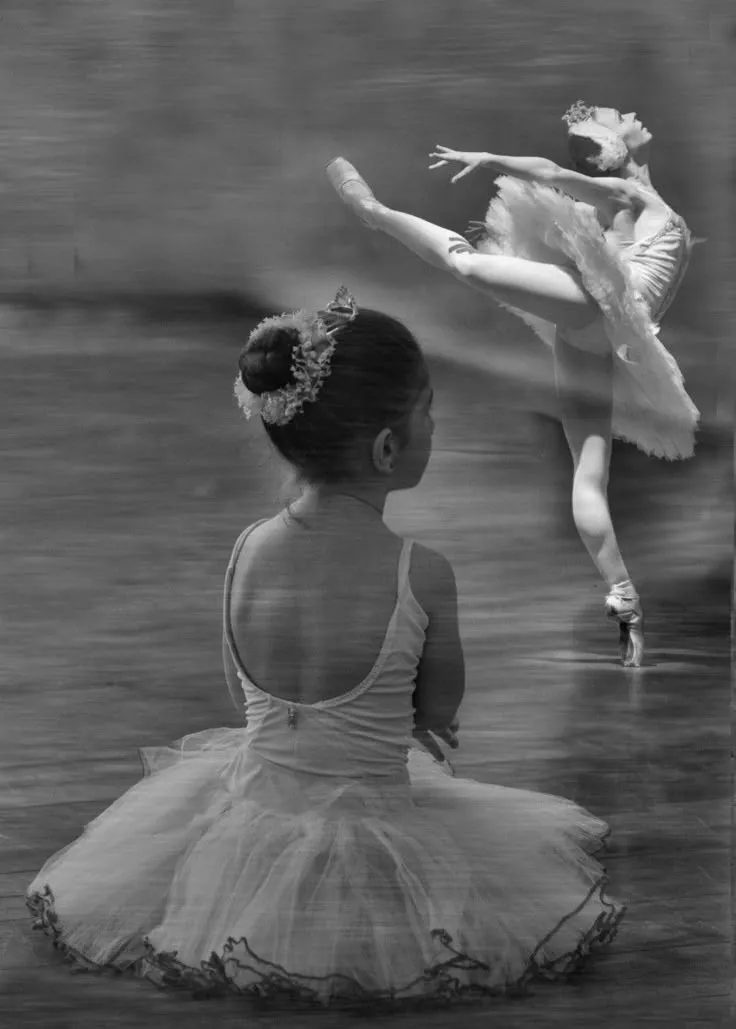Lo encontré un martes gris, perdido entre cientos de publicaciones en un grupo de lectura de Facebook. Alguien subió una foto borrosa de la portada con un comentario fugaz: "Me destrozó, pero necesitaba que me destrozaran así". No sé qué me impulsó a leerlo. Quizás era el título, ese "no queden más estrellas que contar" que sonaba a derrota final y a último suspiro.
Desde la primera página del libro Cuando no queden más estrellas que contar, supe que María Martínez no escribía: excavaba.
Cuando Maya describía la jaula invisible de crecer bajo el control de una abuela que usaba el amor como moneda de cambio, sentí un escalofrío que me recorrió la columna vertebral. Ahí estaba yo, veinte años atrás, aplastando mis sueños para caber en el molde de quienes me "protegían" vaciándome. Pero el verdadero golpe llegó con los huecos. Dios, los huecos.
Fue como ver mi soledad de adolescente reflejada en cada intento de Maya por llenar su vacío con personas prestadas.

Hubo noches en que tuve que cerrar el libro y caminar hasta el baño a vomitar lágrimas ácidas. La escena donde Maya encuentra la caja de música y descubre que su madre prefirió guardar un objeto inanimado antes que a su propia hija me dejó temblando en la oscuridad de mi habitación. No era ficción: era mi madre guardando fotos de viajes en los que nunca me incluyó, era mi padre eligiendo su nueva familia mientras yo era la hija de visita.
Pero la revolución vino después del derrumbe.
Cuando Maya entiende que perdonar no es un regalo a quienes la dañaron, sino recuperar el oxígeno que le robó su rencor, algo se quebró dentro de mí. Este libro no me sanó: me dio permiso para dejar de intentar sanar como los demás querían.

Lo que más me estremeció de Cuando no queden más estrellas que contar es cómo cada lector encuentra un espejo distinto en sus páginas. Para mí fue un grito ahogado sobre el abandono; para otro un manual de supervivencia ante un matrimonio tóxico; el retrato exacto de crecer con un padre narcisista. María Martínez no escribe historias: teje redes donde todos nos reconocemos sin vernos las caras. Su talento está en mostrar que el dolor no es jerárquico: es un océano con mil corrientes, y cada quien navega su tormenta con las grietas que lleva.
Tras terminar el libro, devoré su bibliografía como una posesa. Descubrí que esta autora española tiene el don raro de convertir las heridas en arte sin edulcorantes:
• La fragilidad de un corazón bajo la lluvia
• Tu y otros desastres naturales
• Palabras que nunca te dije
• El encanto del cuervo
Pero aquí el dilema brutal: ¡No sé cuál duele más!
María no repite fórmulas: excava en distintas capas del sufrimiento humano con una precisión de cirujana. Su pluma no consuela: ilumina las cicatrices que llevamos como medallas de guerra.

English Version - Click here!
I found it on a gray Tuesday, lost among hundreds of posts in a Facebook reading group. Someone posted a blurry photo of the cover with a fleeting comment: "It destroyed me, but I needed to be destroyed like that." I don't know what prompted me to read it. Perhaps it was the title, that "no more stars left to count" that sounded like a final defeat and a final gasp.
From the first page of the book When There Are No More Stars Left to Count, I knew María Martínez wasn't writing: she was digging.
When Maya described the invisible cage of growing up under the control of a grandmother who used love as a bargaining chip, I felt a chill run down my spine. There I was, twenty years ago, crushing my dreams to fit the mold of those who "protected" me by emptying me. But the real blow came with the gaps. God, the gaps.
It was like seeing my teenage loneliness reflected in Maya's every attempt to fill her emptiness with borrowed people.
There were nights when I had to close the book and walk to the bathroom to vomit acidic tears. The scene where Maya finds the music box and discovers that her mother chose to keep an inanimate object over her own daughter left me trembling in the darkness of my room. It wasn't fiction: it was my mother saving photos from trips she never included me on; it was my father choosing his new family while I was the visiting daughter.
But the revolution came after the collapse.
When Maya understood that forgiveness isn't a gift to those who hurt her, but rather a way of recovering the oxygen her resentment stole, something broke inside me. This book didn't heal me: it gave me permission to stop trying to heal the way others wanted.
What shook me most about When There Are No More Stars to Count is how each reader finds a different mirror in its pages. For me, it was a stifled cry about abandonment; for another, a survival manual in a toxic marriage; the exact portrait of growing up with a narcissistic father. María Martínez doesn't write stories: she weaves webs where we all recognize each other without seeing each other's faces. Her talent lies in showing that pain isn't hierarchical: it's an ocean with a thousand currents, and each person navigates their own storm with the cracks they carry.
After finishing the book, I devoured her bibliography like a madwoman. I discovered that this Spanish author has the rare gift of turning wounds into unsweetened art:
• The Fragility of a Heart in the Rain
• You and Other Natural Disasters
• Words I Never Told You
• The Charm of the Raven
But here's the brutal dilemma: I don't know which hurts more!
María doesn't repeat formulas: she digs into different layers of human suffering with a surgeon's precision. Her pen doesn't console: it illuminates the scars we wear like war medals.